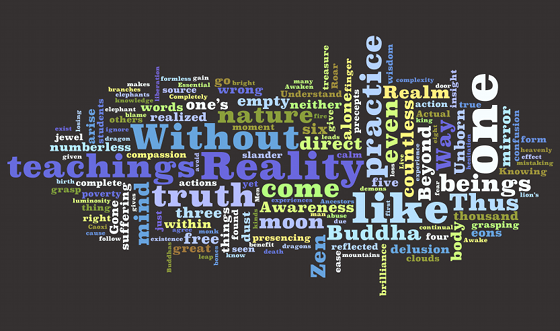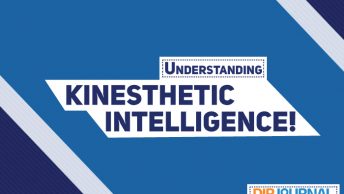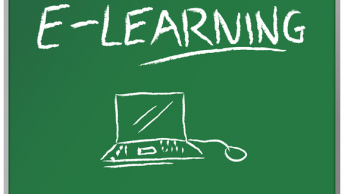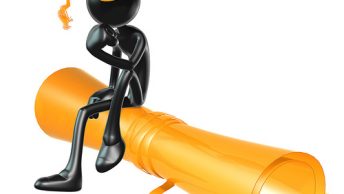For more than eight years, I’ve taught troubled students. And unlike many teachers, I prefer these troubled teens and actively seek out teaching positions where I have a chance to interact with at-risk students. Working with such a diverse group of young people – many of whom would have dropped out of school if it were not for alternative high schools such as the one I work in now – has shown me exactly how effective kinesthetic learning can be.
Learning by Doing – How Simple Is That?
Experts don’t get to be outstanding by listening to lecture. They don’t become brilliant scientists or psychologists by listening to someone drone on about certain practices and theories and then taking notes on the subject matter. Experts in every field became experts by doing something with information after they hear it. From World Cup soccer players to the top customer service employee at the local McDonalds, every expert is a model of kinesthetic learning.
The premise behind kinesthetic learning is to gain knowledge through movement and action. At one end of the spectrum are the notes on jet propulsion. At the other end is the bottle rocket experiment where you have to calculate the propulsion based on any number of variables. While the typical learner can get information both ways, the information he sees and hears will never impact him the same way that the experiment will. Science has always lent itself to kinesthetic learning models, but all subject matter can be taught with a healthy bit of movement and activity.
Today’s (Improved?) Learner

The student arriving in a classroom today is a far cry from the students of a generation ago. Taking it back another generation – to the roots of many teachers who are now retiring – the differences in learners is phenomenal. Although there are significant differences in the students themselves, the biological basics of the generations are the same. Children haven’t become different people or been born with a healthy dose of lazy. There are more identified conditions, some with causes, some without, to contend with in the classroom, but we know far more about the ways students learn today than we did a generation or two ago. Not only do we know that kinesthetic learning models are better for students, we know why.
Students are easily distracted – Call it what you will, and you have plenty of acronyms to choose from. Today’s students are simply more preoccupied. Studies have shown that even television programs have sped up, flashing from one scene to another more quickly than they did a generation ago to keep the child’s brain engaged. When you compare fast-action television and video games to the far slower pace of school, it’s easy to see where it might be considered drudgery by the students who are trapped without any form of escape.
Students expect entertainment – Adults may gripe about students expecting to be entertained and not knowing the value of a solid education they have to work for, but if you think about it, we all expect to be entertained constantly throughout the day. Thanks to the same media formats students use, we all can watch movies, listen to music, update our walls or profiles and chat with friends over instant messengers or text even when we’re supposed to be working. If we ask students to forgo these elements of their lifestyles, it’s expected that teachers will need to work hard to keep student attention levels high. Teachers can cajole with entertainment much more easily than they can force through threat and punishment.
Learning is more deeply rooted with kinesthetic learning –Not only does project-based learning get students up and moving, it also cements the learning in their minds. With the huge amount of information available to us today, getting the important things to stick in the mind of the learner means that information must be highlighted and special. Taking those notes and turning them into a project or experiment is a sure-fire way to do exactly that.
Kinesthetic learning teaches students to think – Hearing or reading something can give you something to think about, but even the best of us will most often just glean what we need and regurgitate it onto a test without rolling over the implications in our mind. A kinesthetic lesson on the same thing forces students to not only use information they read or heard, but it also makes them think about what is happening. Considering jobs are constantly being invented that we’ve never heard before, teaching students to think rather than recite or repeat is a far better life lesson looking into an indiscriminate future.
The Ideal Learning Experience
The impact of kinesthetic learning on teenagers and children can branch out to affect us all. If teenagers learning about acceleration better by practicinge the formulas by racing cars down the school hallway, or improve their Shakespearean language by making their own parodies to perform in front of the class, what does this say about how adults should be learning?
Is it enough to read about new material or listen to a lecture before taking a test? Some college degrees, especially online degrees, are based now exclusively on reading and listening to lecture – is that enough to ensure that an adult knows the subject matter? And more importantly, does kinesthetic learning through classrooms or their own experiences give others an expertise that you’re lacking? Finally, when will a more effective learning model replace the outdated practices still used in educational systems today?













